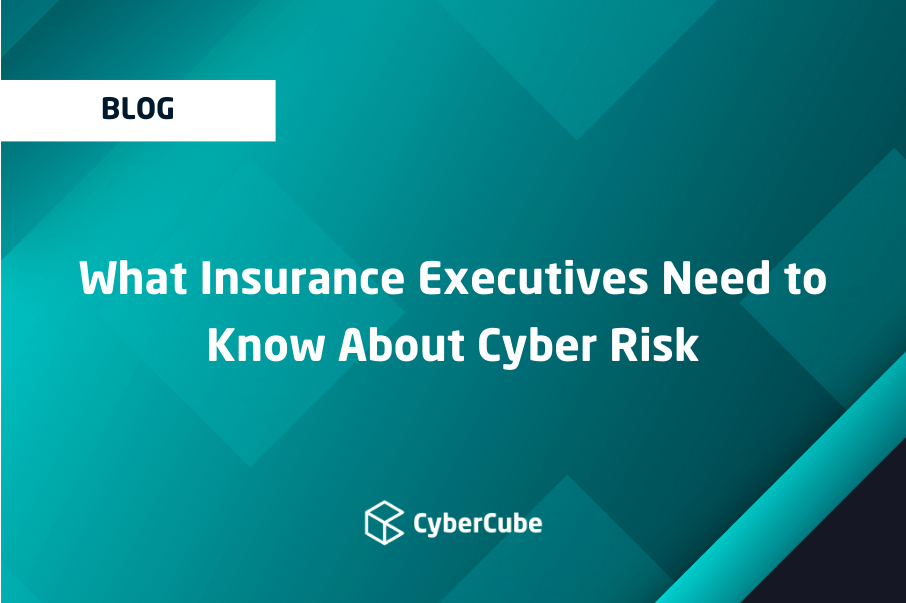Artificial Intelligence (AI) is a much-hyped buzzword in insurtech and fintech circles, with great expectation placed on its ability to slash costs and drive exponential revenue growth in companies investing in flashy algorithms and tools.
AI promises that by applying technology to large or unstructured data sets and complicated processes, businesses can spot trends and correlations that can enhance business decisions. But corporate leaders today were cautioned to approach AI with their eyes wide open, at a conference hosted by investment bank KBW today (December 10th), in London.
There are significant implementation challenges in applying and scaling AI tools within businesses, said panel of Willis Towers Watson Global Head of P&C, Eric Joost; Katharina Keusch, UK Financial Services Lead for AI Solutions at IBM; David Christie, CEO of anti-fraud company Bleckwen and Oliver Brew, Head of Client Services at CyberCube.
“Everyone is searching for a shiny new thing or silver bullet solution to their business process challenges, but often they fail to anticipate the hard work of digging into the detail of reforming processes or changing leadership’s minds,” said Eric Joost. “Not every problem suits AI, as it’s not easy to implement and it’s even harder to scale. I’ve seen some of the carnage that the hyperbole around AI can create – it’s very real,” Joost added.
IBM’s Katharina Keusch shared that most projects that bear the AI name at the moment do not warrant the title, but are concerned with cleaning up data, or streamlining processes. “They are called AI projects mainly because it’s easier to get budget approval if the project manager frames it that way. But many projects are not truly AI today,” Keutsch said.
That said, there was a consensus that successful investments in AI can have tangible benefits on cost-cutting or revenue generation. CyberCube’s Oli Brew provided examples of CyberCube’s use of AI in its cyber risk analytics solutions.
“By using AI today, we can allow customers to gain meaningful insights from data that previously was disparate. That’s not as easy as it sounds for the insurance sector,” Brew said.
“For example, by deriving patterns and correlations from unstructured enterprise data and overlaying that onto structured data sets, we can improve an insurer’s confidence in information on the company they are insuring,” Brew said.
Brew added that businesses that invest in AI techniques today unlock a huge opportunity to integrate these insights into their “business-as-usual” and drive revenue. This could be achieved by enhancing processing power, spotting solutions that were otherwise obscured, or identifying cyber threat trends that you wouldn’t otherwise see.






